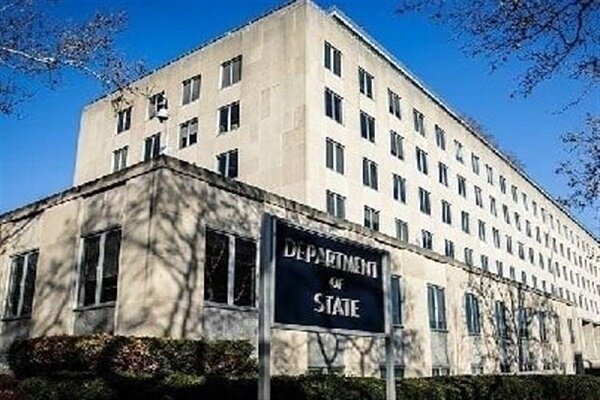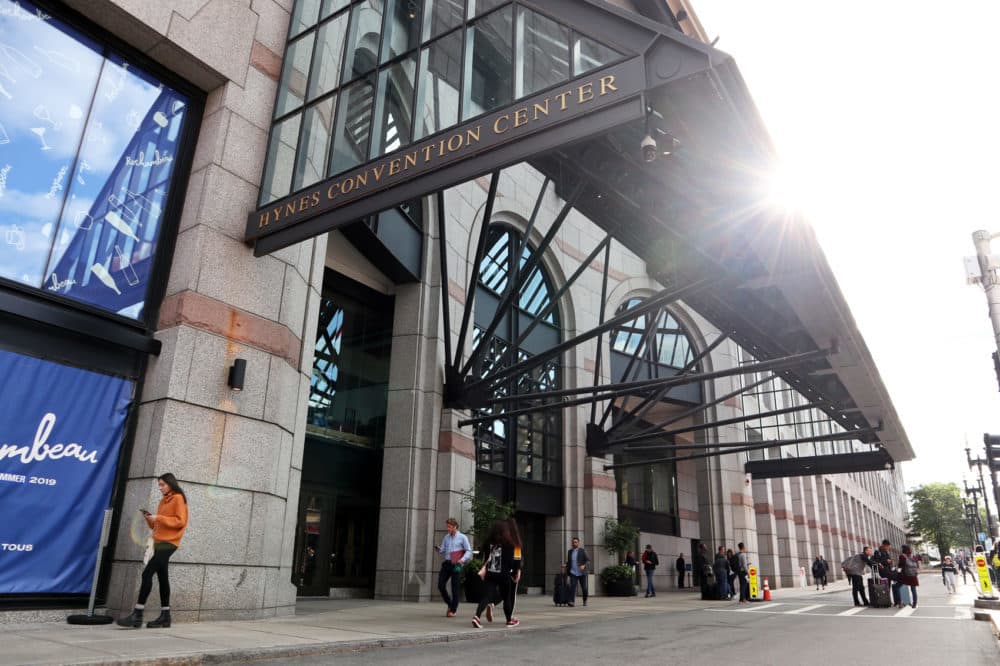Two million people estimated to be suffering from long COVID-19 in the UK, official data shows
The Office for National Statistics' assessment found nearly a third of the two million people reporting long-lasting symptoms first had COVID-19, or suspected they had it, during the Omicron wave which began late last year.

Paramedics unload a patient from an ambulance parked outside the emergency department at The Royal London Hospital in Whitechapel in London, England, on 19 December, 2021. Source: Getty / Hollie Adams/Getty Images
An estimated two million people in the UK, which represents around three per cent of the population, have reported experiencing so-called long COVID-19, official statistics showed Wednesday.
Around 1.4 million of them said they first had COVID-19, or suspected they had the virus, at least 12 weeks previously, according to the Office for National Statistics (ONS).
It also found 826,000 of them first had coronavirus at least a year earlier, while 376,000 said they first had it at least two years previously.

Here's what we know about the long-term symptoms of COVID-19
The ONS figures are based on people's own reports of suffering from long COVID-19 from a representative sample of private households in the four weeks to 1 May.
Fatigue is the most common symptom - experienced by 55 per cent of those with self-reported long COVID-19 - followed by shortness of breath (32 per cent), a cough (23 per cent) and muscle ache (23 per cent).
The biggest proportion were people aged 35 to 69, females, those living in more deprived areas and those working in certain professions such as social care, teaching and education or health care, the ONS said.
Those with another activity-limiting health condition or disability were also more prevalent among the long COVID-19 sufferers, it added.
The UK, which was one of the worst-impacted countries by the pandemic, has eased all restrictions this year as cases and hospital admissions have fallen amid relatively high vaccination rates.
The country of around 67 million people has recorded nearly 18.8 million cases, and almost 178,000 deaths from the virus, since it hit more than two years ago.
Its numbers follow another UK study published in April showing that only around a quarter of people have completely recovered from COVID-19 a full year after being hospitalised with the disease.
The research, by the National Institute for Health and Care Research involving more than 2,300 people, also found that women were 33 per cent less likely to fully recover than men.
Sarah Rahal
The Detroit News
Michigan added 19,535 cases and 50 deaths from COVID-19 on Wednesday, including totals from the previous six days.
The state reported an average of about 2,790 cases per day over the last seven days, a decrease from 3,710 cases per day a week prior.
Hospitalization and new case rates in Michigan declined for the second week after rising for the previous six weeks.
On May 25, the state said it had added 25,968 cases and 139 deaths from the virus in the previous week.
Between May 20-26, about 15% of Michigan's COVID-19 tests returned positive.
The dip in cases was expected but doesn't indicate a long-term downward trend, said Dr. Preeti Malani, professor of infectious diseases and chief health officer at the University of Michigan health system.
"As cases go up, hospitalizations go up and there's always a little bit of a stagger," Malani said. "Cases are a bit lower nationally but it’s because more people are getting COVID more than once and we’re seeing more mild disease. The antivirals are also helping."
With few mitigation measures and no mandates in place, "This is what the world might look like for the foreseeable future," Malani said.
The third booster shot has been shown to prevent severe disease and seniors or immunocompromised people are recommended to get a fourth booster.
"Have a plan for what you’re going to do if you get it," Malani said. "The test and treat program isn’t where it needs to be. Treatment works best if given early, but it doesn't mean the treatment will be easily accessible for long."
All Metro Detroit health departments are following CDC's guidelines to recommend indoor masking for public settings and K-12 schools as the rate of infection has grown from "medium" to "high."
Wednesday's additions bring the state's overall total to 2,54,366 cases and 36,407 deaths since the virus was first detected here in March 2020.
Please support our work. Find the latest subscription deals and offers here.
On Monday, the state reported that 885 adults and 37 pediatric patients were hospitalized with confirmed infections, a decrease from 934 adults and 35 children last week.
Inpatient records were set on Jan. 10, when 4,580 adults were hospitalized with COVID-19.
About 5.7% of the state's hospital beds were filled with COVID-19 patients and there were an average of 1,360 emergency room visits related to COVID-19 per day in the state as of Monday. That compares to 24% of hospital beds being full and 2,889 daily emergency room visits due to the virus in the first week of January.
However, 14 Michigan counties remain at a "high" level for the increased burden on health care or severe disease: Alger, Calhoun, Kalkaska, Livingston, Mackinac, Macomb, Manistee, Marquette, Monroe, Oakland, Schoolcraft, Washtenaw and Wayne. Another 30 counties have a "medium" transmission level, according to the state health department.
► For subscribers: Map shows where Michigan is seeing the highest COVID spread
Case counts are well below early January when the state set a new high mark with more than 20,000 confirmed cases of COVID-19 per day.
In Michigan, variants of the virus have moved at a high rate, proving more contagious than past variants and infecting both unvaccinated and vaccinated residents.
A new iteration of the omicron variant, BA.2, is now the dominant across Michigan and the country, but experts say another surge of cases is unlikely.
The Food and Drug Administration expanded its approval of remdesivir on April 25, making it the first COVID-19 treatment for children under age 12.
In Michigan, 298 cases of a rare inflammatory condition in children linked with the coronavirus have been reported to the Centers for Disease Control and Prevention. About 65% of kids with the syndrome are admitted to intensive care units and there have been five deaths.
In Michigan, residents ages 30 to 39 currently have the highest case rate of any age group.
As of Monday, 73 new outbreaks were reported over the prior week. The majority, 44 outbreaks, were in long-term care facilities and senior assisted living centers. Another 16 outbreaks were in K-12 schools and seven were in daycare programs. The state is tracking 418 ongoing outbreak cases.
About 66%, or 6.6 million, state residents have received their first doses of a vaccine, and 60% are fully vaccinated. More than 231,000 children ages 5 to 11 in Michigan, or 28%, have received their first dose of the vaccine.
More than 3.1 million, or 36.7% of the eligible population, have received a vaccine booster in Michigan and 5.2 million are fully vaccinated.
srahal@detroitnews.com
Twitter: @SarahRahal_











